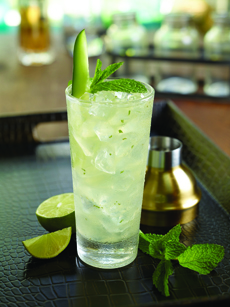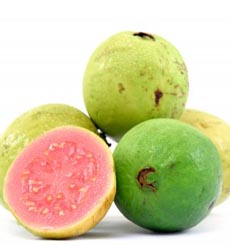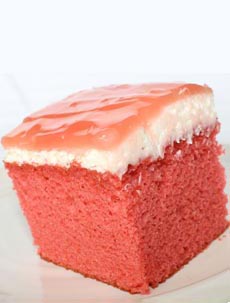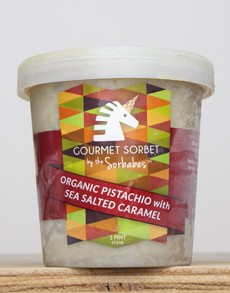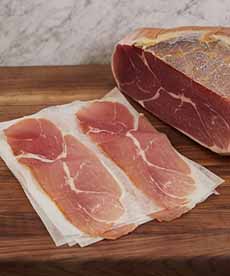|
Juicy summer peaches beg to be enjoyed in as many ways as possible.
For a delicious first course or a dessert, pair them with prosciutto and a drizzle of balsamic vinegar (photo #1)—an update to the classic melon or figs with prosciutto (photo #4).
To amp up the first course, add fresh chèvre and some lightly dressed mesclun.
You can also replace the prosciutto with serrano ham. Here’s the difference.
Serve the dish with prosciutto-friendly Italian white wines such as Italian Moscato, Pinot Grigio or Prosecco.
Or, look northward and grab an Alsatian-style Pinot Gris, Gewürtztraminer or Riesling.
WHAT IS PROSCIUTTO
Prosciutto is the Italian word for ham; specifically a dry-cured, uncooked ham that is aged for 400 days or longer.
It originated in the hills around Parma, Italy, in pre-Roman times.
In northern Italy, in what is now San Daniele, Celtic* people first began curing meat with salt. In the area of Parma, it was made by the peasants.
The traditional process of curing is still practiced like an art form in both of these cities. The result: delicious prosciutto that, when thinly sliced, melts in your mouth [source].
The pigs are fed a special diet of whey and grains, and the hams are trimmed and massaged with natural sea salt before aging.
Prosciutto is served in thin slices (photos #2 and #3), showing off rosy-colored meat with a pearl-white marbling of fat.
Prosciutto di Parma, called Parma ham in English, is made from only two ingredients—pork leg and sea salt.
What makes a great prosciutto is the artisan curing that creates prosciutto crudo (raw prosciutto, distinguished from cooked ham, or prosciutto cotto).
The pork leg is carefully hand-rubbed with salt. It then passes through a series of curing rooms of different temperatures and humidity levels.
Prosciutto made in the Parma and Langhirano areas of Italy’s Emilia-Romagna province is D.O.P.-protected by the European Union (in English, it’s D.P.O. or Domaine of Protected Origin).
Prosciutto from other cities is also D.O.P. protected, but Prosciutto di Parma is the most famous export.
Prosciutto-style products are made elsewhere in the world. La Quercia, in Iowa, is a fine domestic producer (photo #2).
MORE WAYS TO ENJOY PROSCIUTTO
Prosciutto is served plain as part of an antipasto or appetizer plate.
In Italy, restaurants serve prosciutto in overlapping folded-over slices with bread or bread sticks as an appetizer, or wrapped around melon slices (photo #4), with dates, figs or pears.
The ham is incorporated into many recipes: wrapped around chicken, rolled with veal scallopini and diced into pasta and risotto.
Find recipes at ParmaHam.com.
But if you want to enjoy it as an Italian ham sandwich—on crusty baguette-style bread with arugula, tomatoes, mozzarella or provolone and a sprinkle of vinagrette—we think it’s an improvement on the American version.
A drizzle of honey or some honey mustard also works.
Call it the sophisticated ham and cheese sandwich.
> THE DIFFERENT TYPES OF HAM
|



